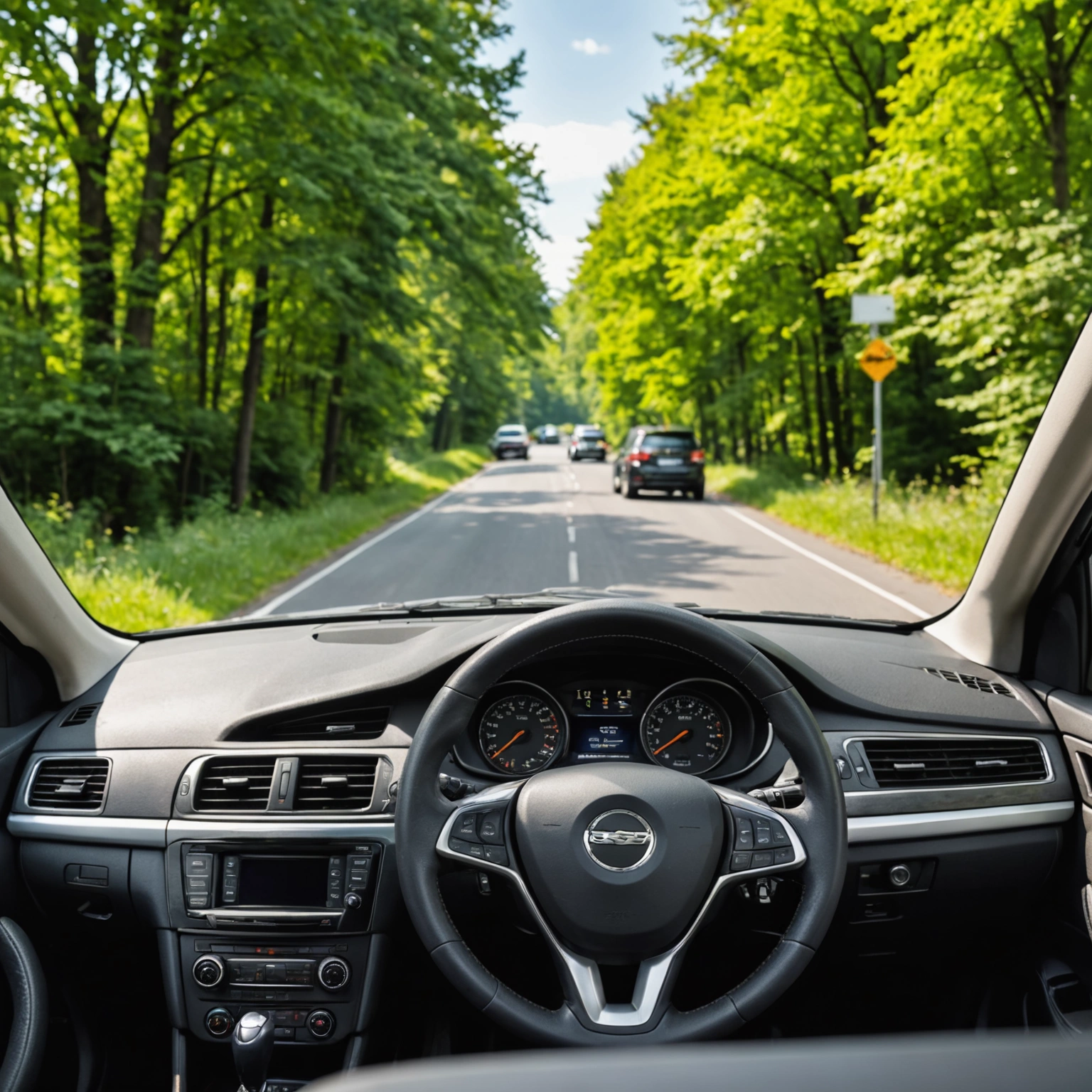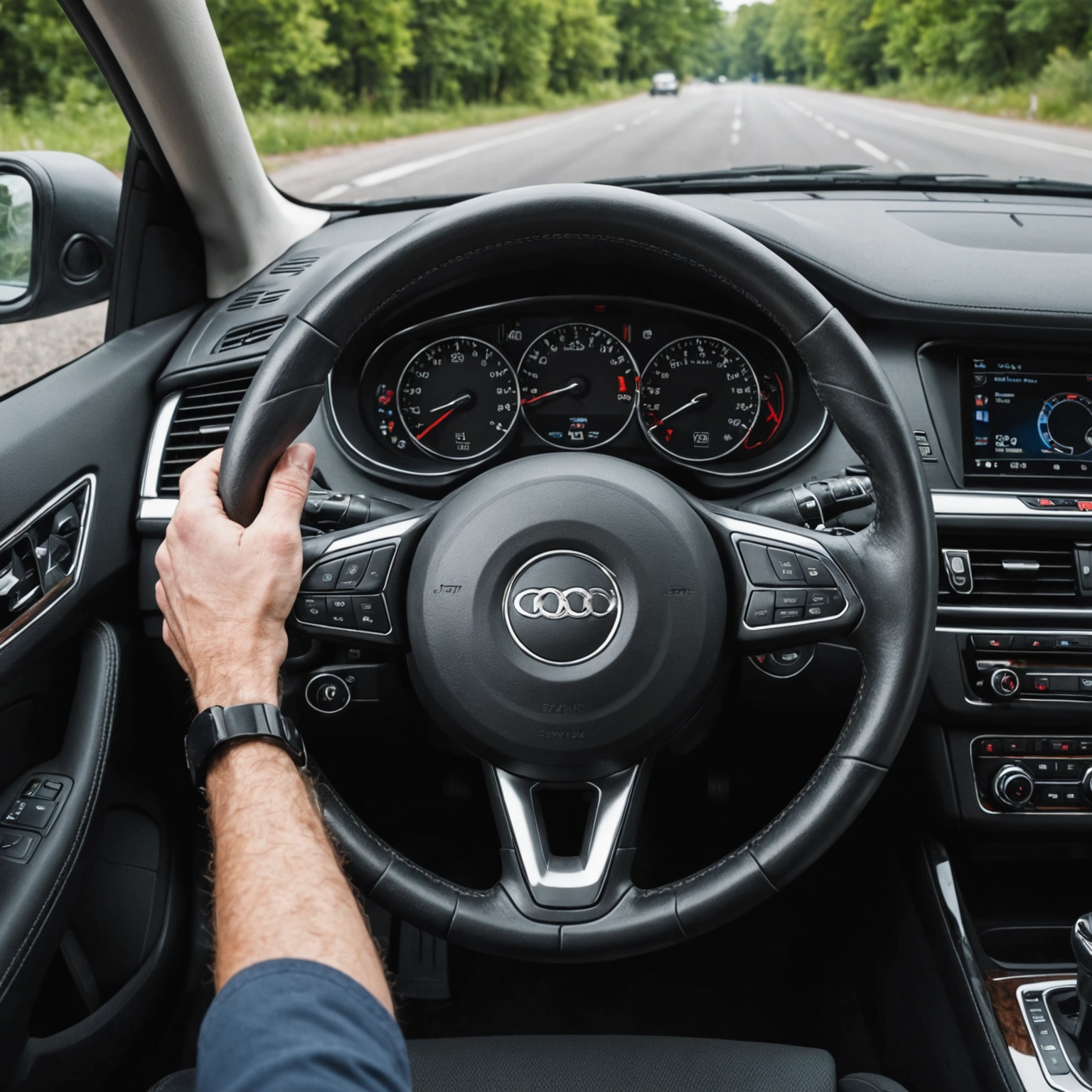**Why Does My Car Creak When I Drive? Understanding the Causes and Solutions**
If you’ve noticed a creaking sound while driving your car, you’re not alone. Many drivers experience this issue at some point, and it can be caused by various factors. Understanding the common reasons behind creaking noises can help you identify the problem and determine whether professional attention is needed. Let’s explore the typical causes and what steps you can take to address them.

### Common Causes of Creaking Noises While Driving
#### 1. Suspension Components

Your car’s suspension system includes parts like control arms, bushings, struts, and shocks, which absorb shocks and ensure a smooth ride. Over time, these parts can wear out or become dry, leading to creaking sounds, especially when driving over bumps or turns.
**Signs:** Creaking during turns or over uneven surfaces.

**Solution:** Regular suspension inspection and replacing worn bushings or shocks.
#### 2. Steering System Issues

The steering system relies on components such as the steering rack, tie rods, and power steering fluid. If these parts are worn or lack lubrication, they can produce creaking noises when turning the wheel.
**Signs:** Creaking when steering or turning the wheel.
**Solution:** Check the power steering fluid level and consider replacing worn steering components.
#### 3. Brake System
While less common during driving, brakes can sometimes cause creaking if brake pads are worn or if there’s debris lodged in the calipers.
**Signs:** Creaking when braking or sometimes during regular driving if brake components are compromised.
**Solution:** Have your brake system inspected and replace pads or clean components as needed.
#### 4. Door or Window Seals
Creaking noises can also stem from the door or window seals rubbing against the frame, especially in humid or cold weather when rubber contracts.
**Signs:** Noise occurs when driving with windows open or in certain weather conditions.
**Solution:** Lubricate seals with rubber-safe lubricant or consider replacing worn seals.
#### 5. Interior Components
Sometimes, interior parts like dashboard panels or seats can creak due to loose fittings or expansion and contraction with temperature changes.
**Signs:** Creaking sounds inside the cabin.
**Solution:** Tighten loose fixtures or add padding to reduce noise.
### When to Seek Professional Help
While some creaking noises can be resolved with simple maintenance, persistent or worsening sounds may indicate more serious issues. If you experience:
– Creaking accompanied by vibrations
– Unusual steering behavior
– Braking problems
– Excessive wear or damage visible on components
It’s advisable to have a qualified mechanic diagnose and repair the problem promptly to ensure your safety and prevent further damage.
### Preventive Tips
– Regularly inspect and maintain suspension and steering components
– Keep your vehicle well-lubricated where applicable
– Check and replace worn rubber seals and bushings
– Schedule routine inspections as per your vehicle’s maintenance schedule
### Conclusion
A creaking noise while driving can stem from various sources, ranging from simple rubber seals to complex suspension issues. By paying attention to when and how the noise occurs, you can better communicate the problem to a mechanic. Routine maintenance and prompt inspections can keep your car quiet, smooth, and safe on the road.
If you’re ever in doubt, don’t hesitate to consult with a professional automotive technician to ensure your vehicle remains in optimal condition.

